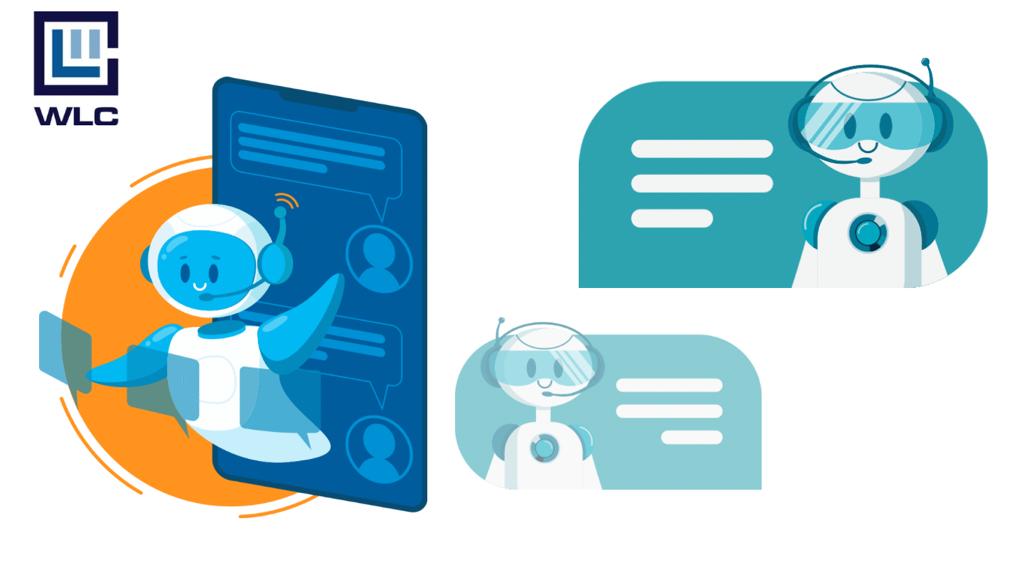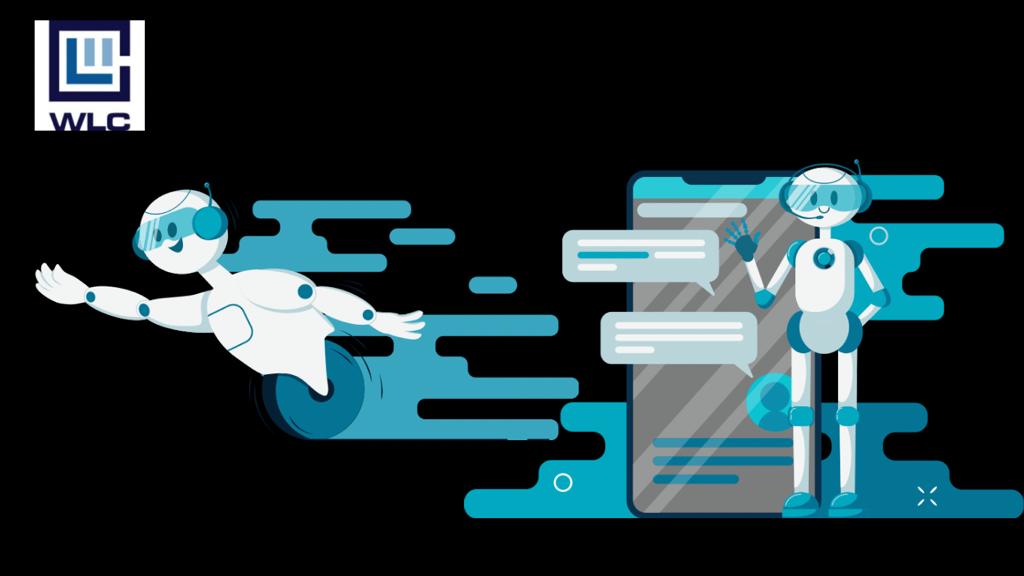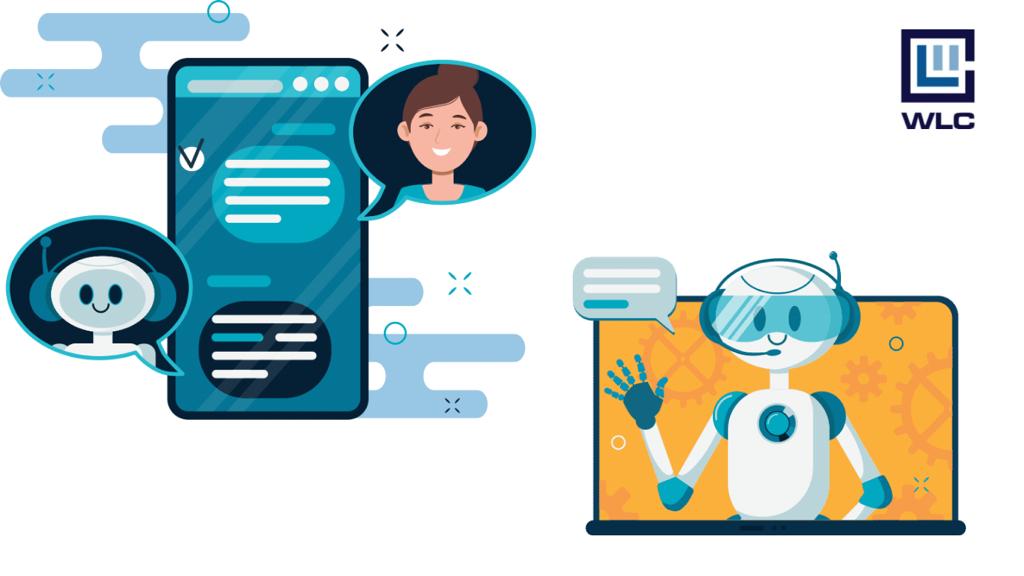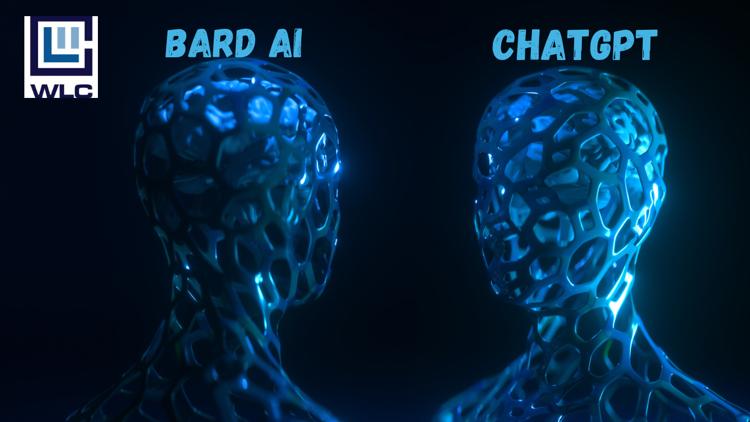
Introduction
In the battle for generative artificial intelligence (AI), Google has made a significant move by declaring that it is developing Bard AI, a ChatGPT rival. It was inevitable that competition would emerge after OpenAI’s ChatGPT became a viral phenomenon. One of the biggest tech firms has now unveiled its programme in an attempt to participate in the AI arms race. This is all the information you need to know about Bard, Google’s AI chatbot.
Although it performs similarly to ChatGPT, the system has not yet attracted the same fervent following as the OpenAI initiative. The battle between generative AI systems has gotten off to a rough start so far, and it remains to be seen whether comparable prominence will follow.
1. What is Google Bard?
Google’s chatbot with artificial intelligence is called Bard. Users will be able to interact with the chatbot through dialogue, exactly as ChatGPT. Based on Google’s Language Model for Dialogue Application, the new chatbot (Language Model for Dialogue Application or LaMDA). The business claims that it is a scaled-down version of LaMDA. Sundar Pichai, the CEO of Google, claims Bard has only recently been made available for testing with a small population. However, Bard will soon also be accessible to the general public. The company’s response to the current enthusiasm for generative AI technology is Google’s AI chatbot, Bard. The programme performs as an AI chat service like ChatGPT, with several significant differences from the OpenAI application.
Naturally, the fundamental distinction between Bard and other programmes is their very different language models, but there are also significant differences in the way the software collects its data. The Google-designed service would draw its information database from the entire internet, which is maybe the biggest difference.
This is undoubtedly the area where Google hopes the application will stand out from the competition. Unlike Bard, which is developing the ability to gather data from across the seemingly limitless internet. As ChatGPT does not have the same access to the Google network.
2. How Does Bard Work?
As was already said, the language model serves as the foundation for all generative AI. This implies that the LaMDA language model defines Google’s Bard the most.
According to some research, LaMDA was created using the transformer and is an astounding piece of technology. The system was developed using 2017 open-sourced Google neural network architecture. On the other hand, there aren’t many differences between the language model and the one employed by OpenAI’s ChatGPT.
According to Google, the GPT-3 language model, which underpins OpenAI’s software, was also constructed using a transformer. Yet according to reports, Bard would first operate on a scaled-down version of the LaMDA platform from Alphabet. Using less computational power as a result.

3. Can Bard defeat ChatGPT AI in a fight?
Google, which is well-known for controlling the search engine market, has also announced the release of Bard, an AI-based chatbot. It will inform users by locating the most recent, accurate responses, indicating that Google’s most recent AI technology can notify consumers of the most recent happenings. Since ChatGPT has only been trained on data up to 2021, it often only provides information up to that date with accuracy. LaMDA (Language Model for Dialogue Applications), a convolutional neural language model created by Google, powers Bard.
Currently, Google is offering the Bard with a LaMDA variant that is more lightweight. This is so that Bard can reach more users and receive more feedback. Smaller models typically require less computing power. To make sure that the quality of the responses it receives from Bard is kept to a high level and is founded on real-world information. Google will combine the feedback it receives from external users with its internal testing.
4. Features of Google’s Chatbot Bard
1. Users will be able to witness the fusion of strength, intelligence, and creativity in Google’s Chatbot Bard.
2. With the use of web and response, Bard AI will gather data from users.
3. A light model LaMDA version of the AI system is what Google is originally making available to testers.
4. The emphasis will be on using Bard to gather input to enhance the AI system in the future.
5. How can I use Google’s new Bard?
When ChatGPT was first released, anyone interested in testing it may do so by visiting the OpenAI website and logging in. With Google’s new Bard, though, that won’t be the case. The corporation isn’t making the tool available to the general public just yet; only a few chosen people will have access to it because it is still in the first testing stage.
6. GPT vs. Google Bard Chat
Even though Bard and Chat GPT are both language-based conversational AI models, there are important distinctions in their intended applications and design.
1.Bard will use material that is already available online, including data and sources. Bard will have access to the most recent date and will be able to deliver more up-to-current information, whereas Chat GPT’s knowledge is restricted to the events through 2021.
2.Bard will have access to a wealth of data and be integrated with Google’s search engine, providing it with an advantage over Chat GPT, which is supported by Microsoft.
3.While Chat GPT can make some factual mistakes and embellish stories, Google’s Bard AI is thought to give consumers more reliable information.
4.Due to Google’s massive data gathering, Bard AI has an edge over other AI platforms like Chat GPT in terms of the breadth and scope of information it can access.
Bard will be able to break up complex ideas into bite-sized, conversation-starting morsels. The objective is to disseminate information more widely in an understandable way and may inspire everyone, especially children, to learn. Chat GPT, on the other hand, produces material in response to the text prompt.
7. What worries are there as the competition to create AI-based generative chatbots heats up?
While intriguing and elegant, the text production software from Google and OpenAI can be very inaccurate, according to experts. Real-time Internet searches can turn up hate speech and racial and gender stereotypes. While other offensive material could cause issues and dull the appeal of these new devices.
Google has admittedly adopted a more careful approach for Bard as OpenAI builds ChatGPT in the open, maybe because the stakes are higher for the huge company.

8. Why so soon?
One undisputed aspect of Google Bard could impede its development: why now? The truth is that Google may not be prepared for the AI arms race they have entered due to the popularity of OpenAI’s ChatGPT. One of the most rapidly expanding applications ever created is ChatGPT. The entire IT sector has since gone into a frenzy to attempt and win over some of that newly discovered user base as a result of that success. To polish the technology and capture an audience, as ChatGPT has demonstrated, Google debuted its Bard technology relatively quickly.
But Google’s entry into the AI arms race has also encouraged Microsoft to keep utilising ChatGPT in more advanced ways. Microsoft said shortly after Bard’s announcement that ChatGPT would be integrated into its Bing search engine, which made use of a more extensive language model.
Conclusion
Bard Although AI is not now available to the general population, it has immense potentiShortly. An AI arms race will take place, and it remains to be seen which AI model will triumph. Virtual personal assistants and other smart home gadgets are becoming more and more common. As this is already starting to change how we live and work. Despite these developments, the employment of AI still generates debate because of worries about job loss and moral ramifications. As a result, it is crucial for businesses to carefully weigh the advantages and dangers of using AI and to adopt these technologically and transparently.
If you found this blog post informative, we encourage you to continue exploring the exciting worlds of technology. CLICK HERE to connect with like-minded individuals through comments and dive deeper into the latest developments in these fields like tech trends, mass layoff wave, ChatGPT, etc…





